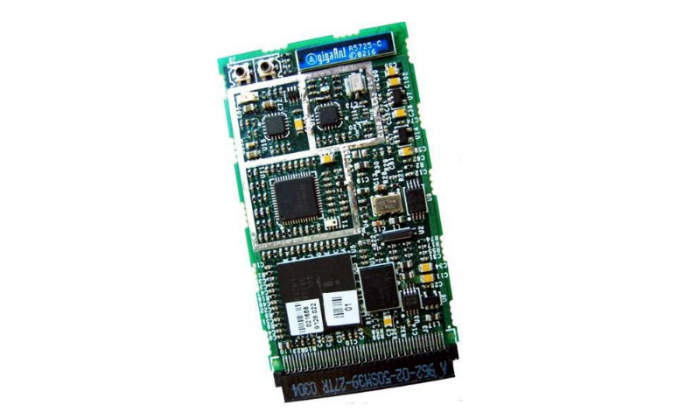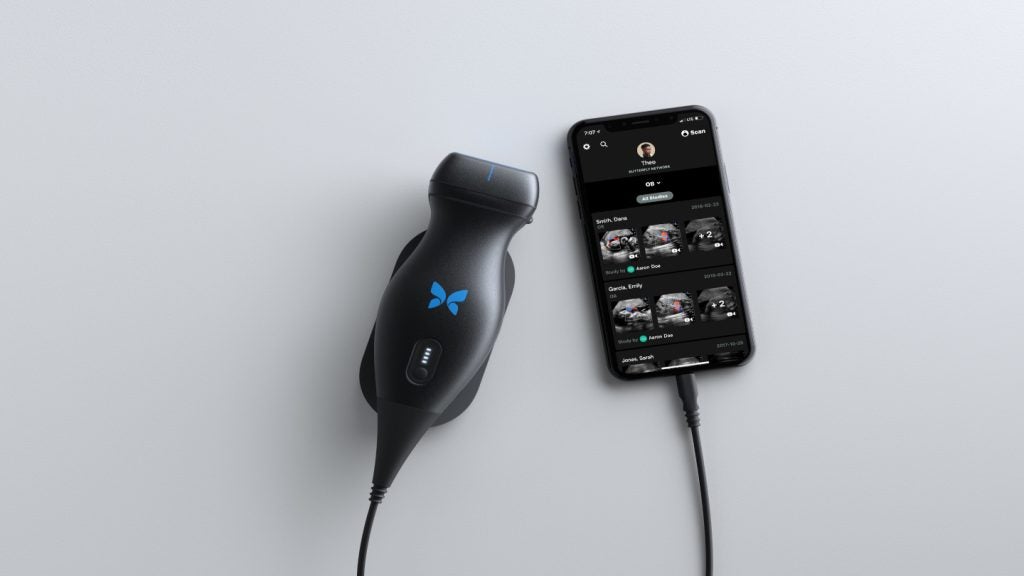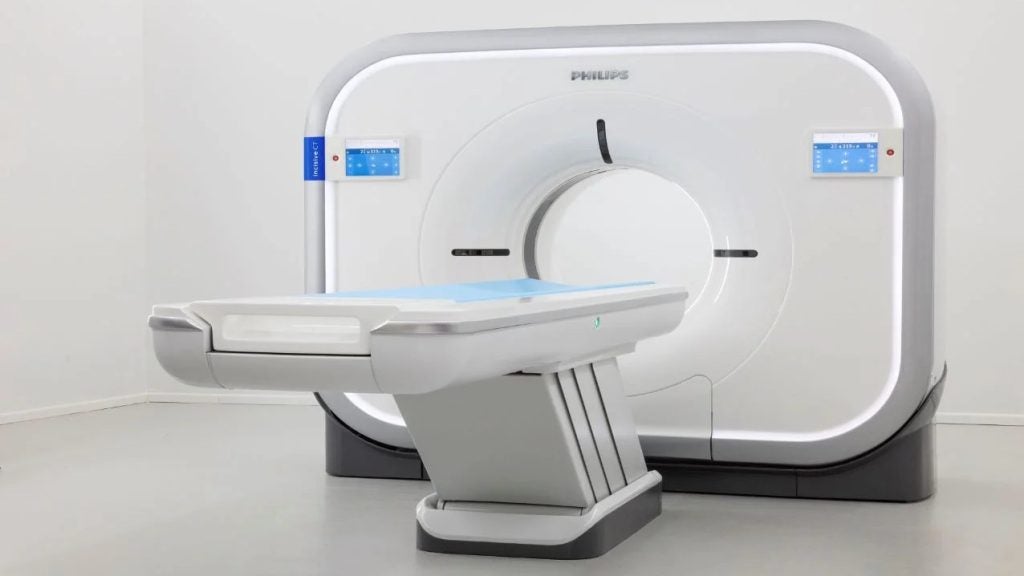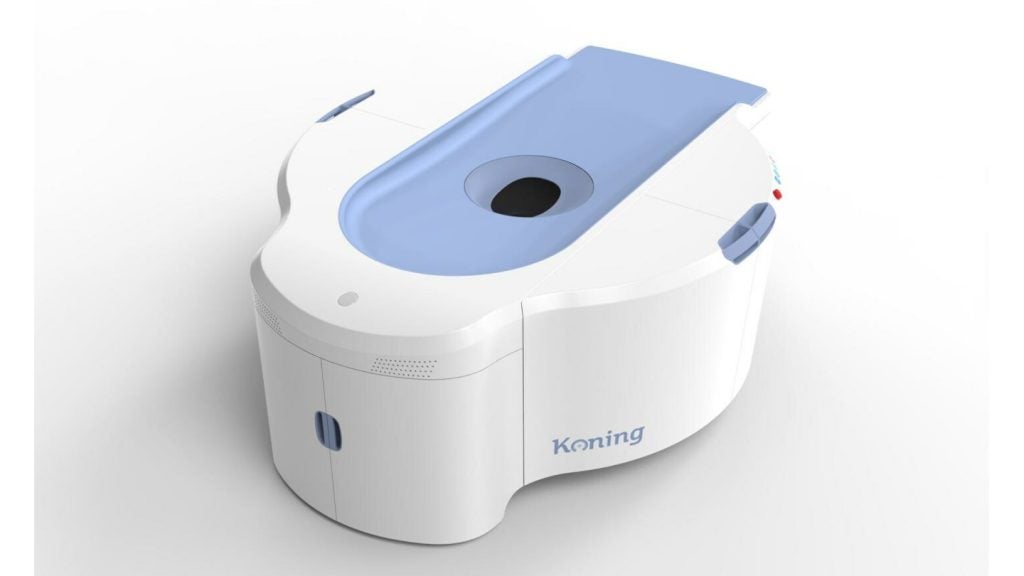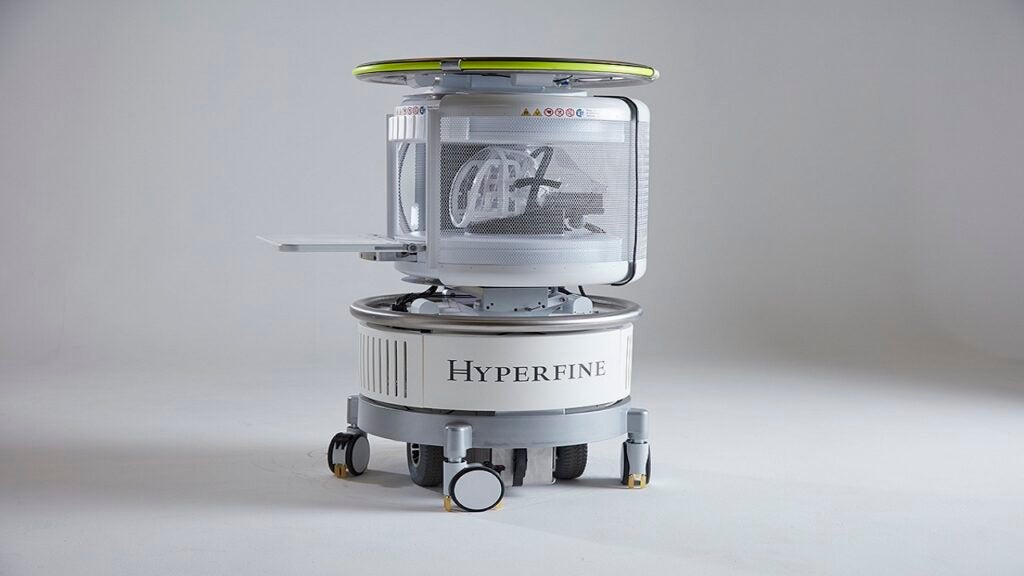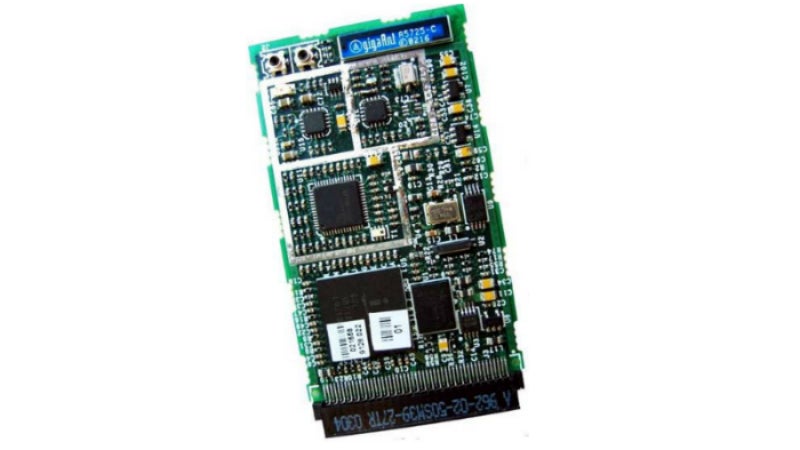
Wireless technologies are bringing about dramatic improvements in the quality of healthcare by allowing patients unprecedented mobility while providing healthcare professionals with easy access to patient data.
Over the last decade, there has been a radical shift from wired to wireless medical devices. Even in its early stages, this revolution is improving patient care and bringing innovative products to market. Plexus, the product realisation company, provides both product development and manufacturing services to a wide variety of medical device OEMs. Plexus plays an integral role in helping its customers bring these new products to market and then manufacture them.
Patient and data mobility
By incorporating wireless technologies into medical products, many products that were once tethered to patients, positioned next to hospital beds and located at a nurses’ station are now transportable. This has allowed two major healthcare improvements.
First, it has increased patient mobility, both at the hospital and at home. By incorporating a wireless protocol such as 802.11b into a patient monitor, a patient can leave their hospital bed while still having their vital signs, including blood pressure, electrocardiogram and temperature, continuously monitored through the hospital’s access points. As an added benefit, a patient can be tracked through the hospital.
The development of less invasive monitoring and treatment methods for common diseases has also improved patient mobility. Innovations have allowed at-home patient monitoring, minimising patient trips to the hospital and saving valuable hospital space. The continuous monitoring of patient data at home improves compliance by operating independently of the patient’s efforts. For example, there are now implantable devices that monitor glucose levels without a patient having to puncture themselves with needles several times a day. The resulting data can be transmitted to a networked computer in the patient’s home, allowing a healthcare professional to monitor the patient data without the patient having to set foot in a hospital.
The second improvement is that healthcare professionals now have real-time access to patient data throughout hospitals. Caregivers can monitor their patients and retrieve patient data on handheld devices at the patient’s bedside. Timely access to patient data allows doctors to make immediate critical care decisions and perform administrative tasks such as gathering patient notes and writing prescriptions. Even critical life-sustaining devices, such as pacemakers, can now be checked by doctors using wireless telemetry. Quicker diagnosis via telemetry reduces the time a patient spends in hospital undergoing regular checkups and allows the doctor to react more rapidly to any patient problems.
Bbluetooth benefits
Bluetooth is the most recent wireless protocol in the medical space. As a low-power, point-to-point protocol with an accepted international standard, Bluetooth enables increased patient mobility and gives healthcare professionals easier access to patient data. Bluetooth was designed to allow small groups of up to eight devices communicate with each other over a Personal Area Network (PAN). These ad hoc networks, called piconets, have the potential to make the seamless integration of all key medical equipment in hospital rooms and at home possible. Patient privacy can easily be designed into products, since Bluetooth supports many security features, including password protection and encryption.
A good example of a product that Bluetooth makes possible is a wireless electrocardiogram. Each patient lead can be designed as a separate battery-powered Bluetooth device that communicates with a battery-powered Bluetooth-enabled patient monitor. That patient monitor, which also communicates with the hospital’s 802.11b network, continuously sends the electrocardiogram data to the network. Meanwhile, the doctor can monitor this data from anywhere in the hospital using his handheld PDA, thereby completing the entire electrocardiogram monitoring process without a single wire.

